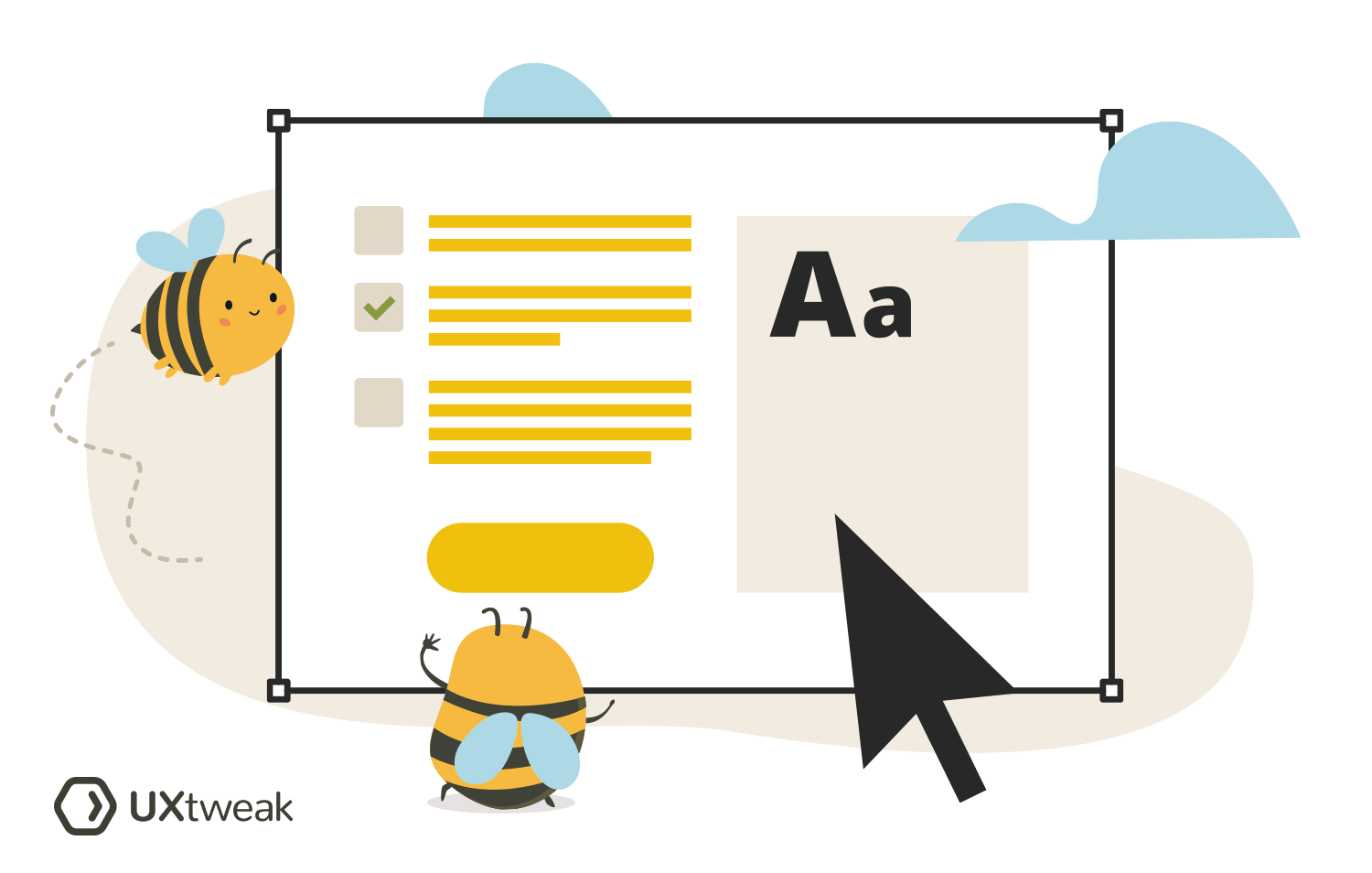Why is natural language interface important?
A natural language interface (NLI) is important for several reasons:
- User-Friendliness: NLIs allow users to interact with systems in a way that feels natural and intuitive to them, reducing the learning curve typically associated with new technology or systems.
- Accessibility: NLIs can make technology more accessible to people who are visually impaired, elderly, or those with certain physical disabilities, as they can use speech or simple text inputs to interact with systems.
- Efficiency: Through the use of natural language processing (NLP), NLIs can understand and execute complex instructions, reducing the amount of manual input required from the user and speeding up task completion.
- Ubiquity of Use: As voice-activated technologies become more prevalent, NLIs are becoming a more common way for people to interact with devices, apps, and services in various contexts, from home automation to customer service.
- Personalization: NLIs, especially when combined with machine learning algorithms, can learn from past interactions to provide personalized responses and improve the overall user experience.
By fostering a more natural and intuitive way of interaction, NLIs are significantly enhancing the user experience and expanding the scope of who can effectively use technology.
When to use natural language interface?
The optimal use of Natural Language Interfaces (NLIs) comes in situations where they can enhance the accessibility, utility, and efficiency of technology. Here’s when to employ an NLI:
- Voice-Activated Systems: In situations where hands-free operation is necessary or advantageous, such as while driving, cooking, or for people with physical disabilities.
- Customer Service: For businesses to automate and streamline customer interactions, NLIs can be used in chatbots and virtual assistants to handle customer queries and provide 24/7 service.
- Search Engines: To facilitate easier, more intuitive search processes. Instead of typing specific keywords, users can input queries in a conversational manner.
- Smart Devices: In home automation systems, where users can control various devices and appliances using voice commands.
- Educational Tools: Especially for younger children or individuals not as tech-savvy, NLIs make interactions simpler and more intuitive.
- Data Analysis Tools: To simplify the process of retrieving and interpreting complex data. Users can ask direct questions and receive insights in a user-friendly format. An advanced application of NLP is natural language querying (NLQ). Unlike traditional query languages that require specific syntax, NLQ enables users to interact with data more intuitively, much like conversing with a human.
What are the main features of a natural language interface?
The main features of a Natural Language Interface (NLI) include:
- Understanding Natural Language: NLIs are designed to comprehend human language as it is spoken or written in everyday conversation. This includes understanding synonyms, colloquialisms, slang, and different language structures.
- Context Awareness: NLIs consider the context of the user’s input to provide relevant responses. They use previous interactions, user preferences, and external data to inform their responses.
- Interactive Dialogue: NLIs engage in interactive conversation, allowing users to ask follow-up questions, clarify responses, or change the topic of conversation.
- Disambiguation: If a user’s input is unclear or could be interpreted in multiple ways, a good NLI will ask clarifying questions to ensure it understands the user’s intent.
- Semantic Processing: NLIs not only process the syntax of a language, but they also analyze the semantics – the meaning behind the words and phrases.
- Speech Recognition and Text-To-Speech: In the case of voice-based NLIs, they use speech recognition to transcribe spoken language and text-to-speech technology to vocalize responses. To better understand this NLIs feature, it’s beneficial to test various free text-to-speech tools. They offer hands-on experience with the technology and help vastly improve accessibility.
- Learning Ability: Advanced NLIs employ machine learning to continually improve their performance over time. They learn from past interactions, refining their understanding and generating better responses.
- Multilingual Support: NLIs often offer support for multiple languages, understanding and responding in the language that the user is comfortable with.
FAQ
Natural Language Interfaces (NLIs) come with their own sets of advantages and disadvantages. Pros include intuitiveness, increased accessibility, efficiency, personalization, and multilingual support. However, cons include possibilities of misinterpretation, limited functionality, dependency on the internet, privacy concerns, lack of emotional context, and technical challenges in their development.
Natural Language Interfaces (NLIs) and keyword-based search engines differ mainly in user interaction and data interpretation. NLIs interact conversationally, understand context, and handle ambiguity, providing precise results based on user intent. Conversely, keyword-based search engines rely on specific user-inputted terms, interpreting data literally, and may yield broader, less targeted results.






